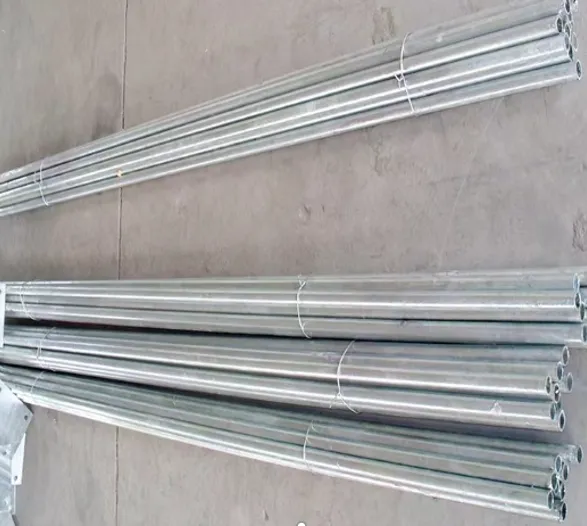loading...
- No. 9, Xingyuan South Street, Dongwaihuan Road, Zaoqiang County, Hengshui, Hebei, China
- admin@zjcomposites.com
- +86 15097380338
- Welcome to visit our website!
FRP Louvers for Enhanced Cooling Tower Efficiency and Performance Improvement
FRP Louvers for Cooling Towers A Comprehensive Overview
Cooling towers play a vital role in various industrial processes, particularly in power generation and HVAC systems. They are designed to dissipate heat from the system to the atmosphere effectively. One of the critical components of these cooling towers is the louvers, which facilitate efficient airflow while minimizing water loss and contamination. Among the various materials used for louvers, fiberglass-reinforced plastic (FRP) has gained popularity owing to its unique properties. In this article, we will delve into the advantages of FRP louvers for cooling towers and their importance in enhancing operational efficiencies.
What are FRP Louvers?
FRP louvers are structural components made from fiberglass-reinforced plastic. This material consists of a polymer matrix reinforced with glass fibers, which significantly improves its strength, durability, and resistance to environmental factors. FRP louvers are specifically designed for cooling towers to control airflow and protect the internal components from adverse conditions.
Advantages of FRP Louvers
1. Corrosion Resistance One of the most significant advantages of FRP louvers is their resistance to corrosion. Unlike metal louvers, which can rust and degrade over time due to exposure to moisture and chemicals, FRP remains largely unaffected by these elements. This longevity translates to reduced maintenance costs and longer service life, making FRP an economically viable choice for cooling towers.
2. Lightweight and Easy to Install FRP is much lighter than metal alternatives. This characteristic not only simplifies transportation but also reduces the structural load on cooling towers during installation. A lighter weight allows for easier handling and quicker installation processes, which can significantly cut down on labor costs and project timeliness.
3. Thermal Insulation The thermal insulating properties of FRP are essential in cooling tower applications. These louvers help minimize heat transfer, allowing cooling towers to operate more efficiently. The effective thermal management contributes to optimal performance and energy conservation, thereby lowering operational costs.
frp louvers for cooling tower

4. UV Resistance Exposure to sunlight can degrade materials over time. FRP louvers are inherently resistant to ultraviolet (UV) radiation, ensuring that they do not become brittle or discolored with prolonged exposure. This longevity preserves the aesthetic and functional qualities of cooling tower components.
5. Customizability FRP can be molded into various shapes and sizes, allowing for a high degree of customization in louvers. This feature enables engineers to design louvers that precisely match the specific airflow requirements of different cooling tower configurations. Custom designs can optimize performance, enhance structural integrity, and improve energy efficiency.
6. Low Maintenance Requirements The inherent durability and resistance to corrosion and UV damage mean that FRP louvers typically require less maintenance than their metal counterparts. This advantage leads to reduced labor costs and less downtime, contributing to more efficient overall operations.
Environmental Benefits
In addition to the operational advantages, FRP louvers can also contribute to environmental sustainability. By enhancing the efficiency of cooling towers, these louvers help reduce energy consumption, resulting in lower greenhouse gas emissions. Moreover, the extended lifespan of FRP components reduces waste and the need for frequent replacements, aligning with sustainability practices in modern industrial operations.
Conclusion
FRP louvers have emerged as a preferred choice for cooling towers due to their numerous advantages, including corrosion resistance, lightweight nature, thermal insulation, and low maintenance needs. As industries continue to focus on maximizing efficiency and sustainability, the use of innovative materials such as fiberglass-reinforced plastic represents a significant step forward. By integrating FRP louvers into cooling tower designs, operators can enhance operational performance while contributing positively to environmental goals. In summary, investing in FRP louvers is not just a decision based on functionality and durability; it's also a commitment to advancing industry practices toward sustainability.
-
Premium FRP Handrail for All ApplicationsNewsAug.29,2025
-
Low Maintenance FRP Mini Mesh Grating ProductsNewsAug.29,2025
-
Innovative FRP Square Tubes for Modern Industrial SolutionsNewsAug.29,2025
-
FRP Water Storage Tanks Wholesale Solutions for Bulk BuyersNewsAug.29,2025
-
FRP Molded Grating Solutions for Diverse Industrial ApplicationsNewsAug.29,2025
-
Construction Advancements Through FRP Pultruded ProfilesNewsAug.29,2025
-
Why Choose FRP Railings, Guardrails, and Handrail Systems?NewsAug.29,2025
